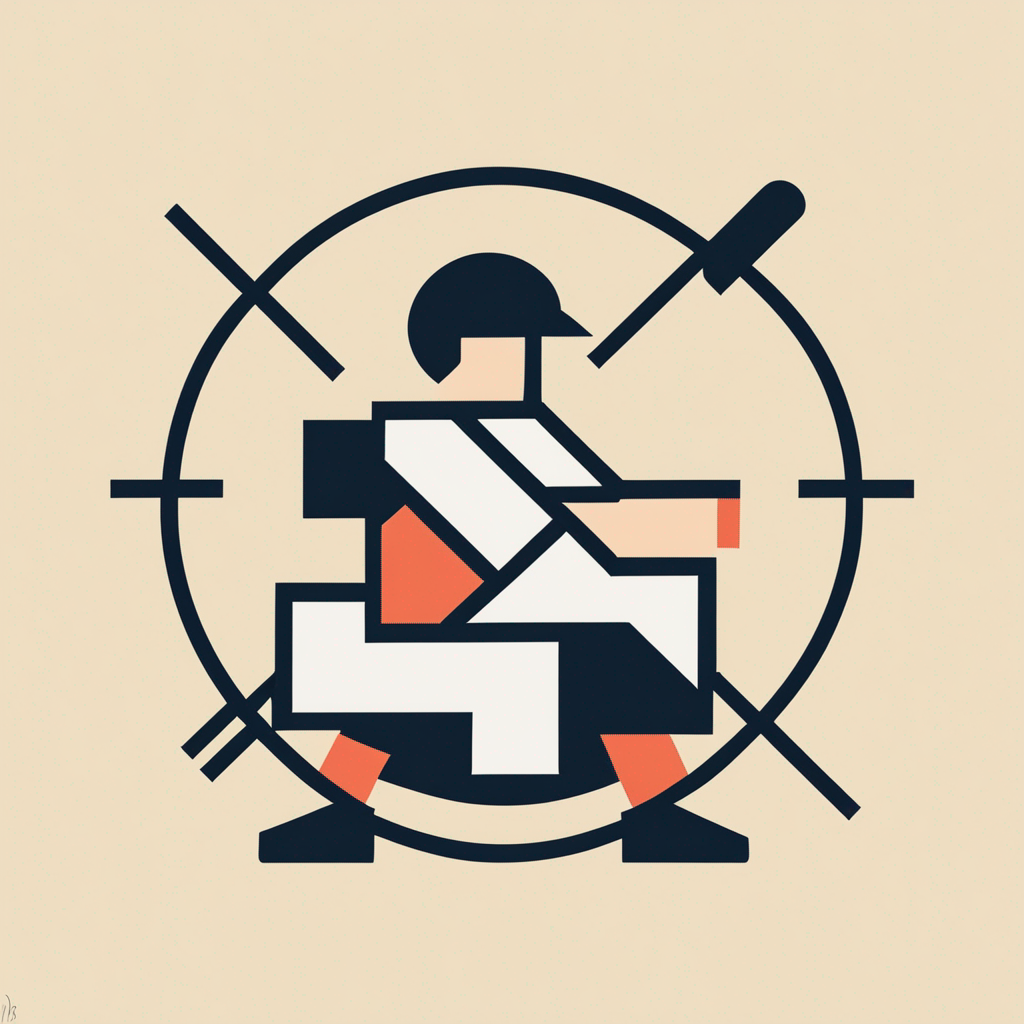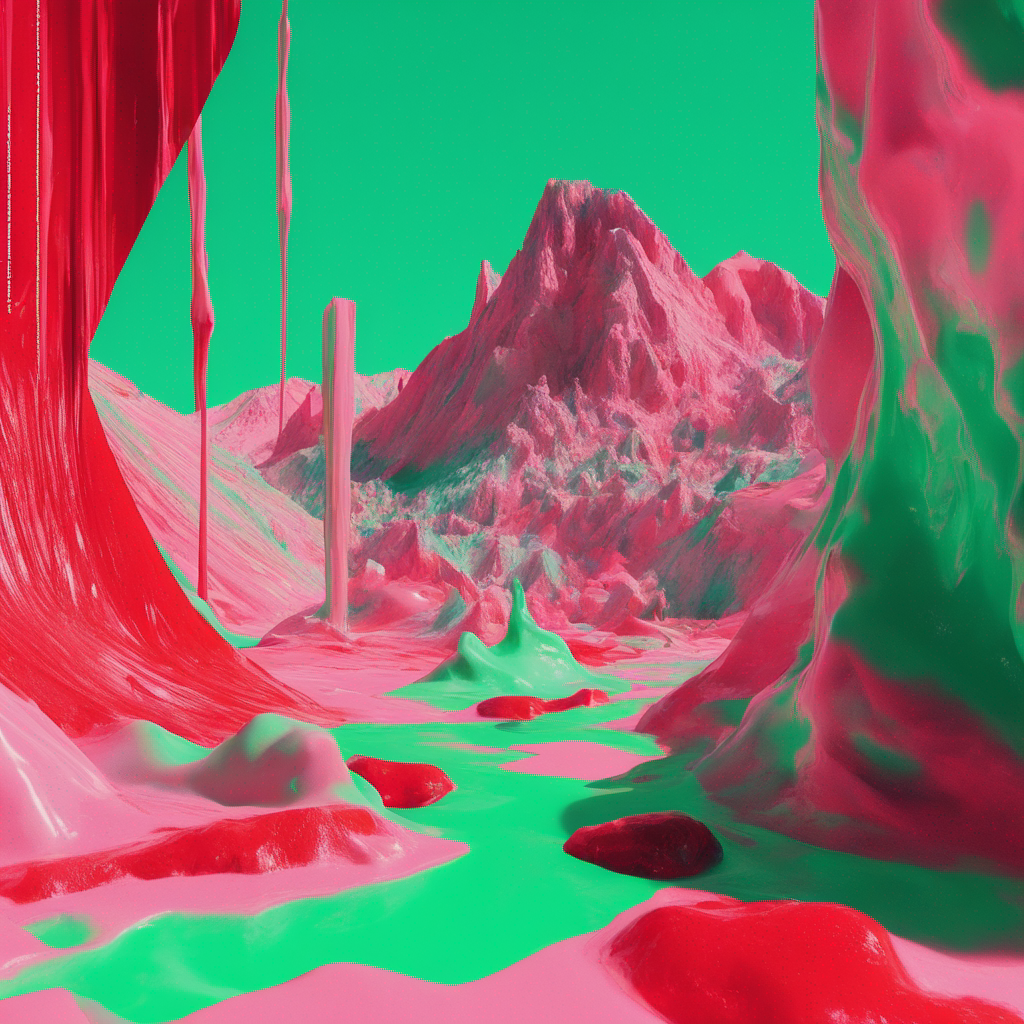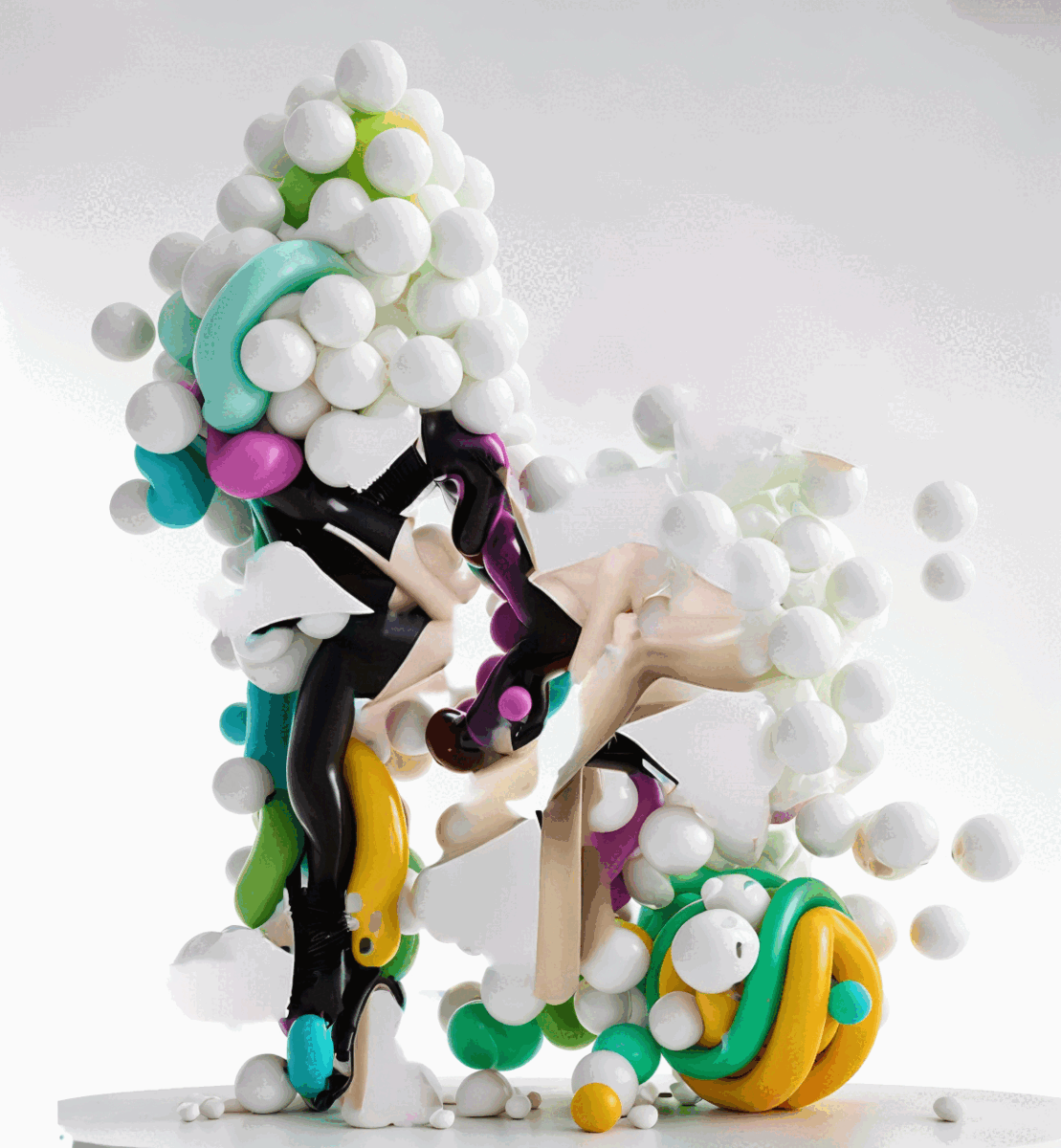Galleri5
Models by this creator

icons

24
The icons model is a fine-tuned version of the SDXL (Stable Diffusion XL) model, created by the Replicate user galleri5. It is trained to generate slick, flat, and constructivist-style icons and graphics with thick edges, drawing inspiration from Bing Generations. This model can be useful for quickly generating visually appealing icons and graphics for various applications, such as app development, web design, and digital marketing. Similar models that may be of interest include the sdxl-app-icons model, which is fine-tuned for generating app icons, and the sdxl-color model, which is trained for generating solid color images. Model inputs and outputs The icons model takes a text prompt as input and generates one or more images as output. The model can be used for both image generation and inpainting tasks, allowing users to either create new images from scratch or refine existing images. Inputs Prompt**: The text prompt that describes the desired image. This can be a general description or a more specific request for an icon or graphic. Image**: An optional input image for use in an inpainting task, where the model will refine the existing image based on the text prompt. Mask**: An optional input mask for the inpainting task, which specifies the areas of the image that should be preserved or inpainted. Seed**: An optional random seed value to ensure reproducible results. Width and Height**: The desired dimensions of the output image. Num Outputs**: The number of images to generate. Additional parameters**: The model also accepts various parameters to control the image generation process, such as guidance scale, number of inference steps, and refine settings. Outputs Output Images**: The model generates one or more images that match the input prompt and other specified parameters. Capabilities The icons model excels at generating high-quality, visually appealing icons and graphics with a distinct flat, constructivist style. The images produced have thick edges and a simplified, minimalist aesthetic, making them well-suited for use in a variety of digital applications. What can I use it for? The icons model can be used for a wide range of applications, including: App Development**: Generating custom icons and graphics for mobile app user interfaces. Web Design**: Creating visually striking icons and illustrations for websites and web applications. Digital Marketing**: Producing unique, branded graphics for social media, advertisements, and other marketing materials. Graphic Design**: Quickly prototyping and iterating on icon designs for various projects. Things to try To get the most out of the icons model, you can experiment with different prompts that describe the desired style, theme, or content of the icons or graphics. Try varying the level of detail in your prompts, as well as incorporating specific references to artistic movements or design styles (e.g., "constructivist", "flat design", "minimalist"). Additionally, you can explore the model's inpainting capabilities by providing an existing image and a mask or prompt to refine it, allowing you to seamlessly integrate generated elements into your existing designs.
Updated 5/19/2024

nammeh

1
nammeh is a SDXL LoRA model trained by galleri5 on SDXL generations with a "funky glitch aesthetic". According to the maintainer, the model was not trained on any artists' work. This model is similar to sdxl-allaprima which was trained on a blocky oil painting and still life, as well as glitch which is described as a "jumble-jam, a kerfuffle of kilobytes". The icons model by the same creator is also a SDXL finetune focused on generating slick icons and flat pop constructivist graphics. Model inputs and outputs nammeh is a text-to-image generation model that can take a text prompt and output one or more corresponding images. The model has a variety of input parameters that allow for fine-tuning the output, such as image size, number of outputs, guidance scale, and others. The output of the model is an array of image URLs. Inputs Prompt**: The text prompt describing the desired image Negative Prompt**: Optional text to exclude from the image generation Image**: Input image for img2img or inpaint mode Mask**: Input mask for inpaint mode Width**: Width of the output image Height**: Height of the output image Seed**: Random seed (leave blank to randomize) Scheduler**: Scheduling algorithm to use Guidance Scale**: Scale for classifier-free guidance Num Inference Steps**: Number of denoising steps Refine**: Refine style to use Lora Scale**: LoRA additive scale Refine Steps**: Number of refine steps High Noise Frac**: Fraction of noise to use for expert_ensemble_refiner Apply Watermark**: Whether to apply a watermark to the output Outputs Array of image URLs**: The generated images Capabilities nammeh is capable of generating high-quality, visually striking images from text prompts. The model seems to have a particular affinity for a "funky glitch aesthetic", producing outputs with a unique and distorted visual style. This could be useful for creative projects, experimental art, or generating images with a distinct digital/cyberpunk feel. What can I use it for? The nammeh model could be a great tool for designers, artists, and creatives looking to generate images with a glitch-inspired aesthetic. The model's ability to produce highly stylized and abstract visuals makes it well-suited for projects in the realms of digital art, music/album covers, and experimental video/film. Businesses in the tech or gaming industries may also find nammeh useful for generating graphics, illustrations, or promotional materials with a futuristic, cyberpunk-influenced look and feel. Things to try One interesting aspect of nammeh is its lack of artist references during training, which seems to have resulted in a unique and original visual style. Try experimenting with different prompts to see the range of outputs the model can produce, and see how the "funky glitch" aesthetic manifests in various contexts. You could also try combining nammeh with other Lora models or techniques to create even more striking and unexpected results.
Updated 5/19/2024

glitch

1
glitch is a work-in-progress model from Replicate creator galleri5, who is known for developing models like icons and dreamlike-anime. The glitch model aims to create a "jumble-jam, a kerfuffle of kilobytes" by glitching and distorting input images and prompts. This contrasts with models like blip-2, which focuses on understanding image content, or gfpgan, which restores old or AI-generated faces. Model inputs and outputs The glitch model accepts a variety of inputs, including an image, a mask, a prompt, and various settings to control the generation process. The output is one or more distorted images that reflect the glitching effect. Inputs Prompt**: The text prompt that describes the desired output image. Image**: An input image to be glitched. Mask**: A black and white image that defines the areas of the input image to be preserved or glitched. Seed**: A random seed value to control the randomness of the glitch effect. Width/Height**: The desired width and height of the output image. Num Outputs**: The number of images to generate. Guidance Scale**: The strength of the guidance towards the prompt. Num Inference Steps**: The number of denoising steps to perform. Refine**: The type of refinement to apply to the output. Outputs Output Images**: One or more distorted and glitched images based on the input. Capabilities The glitch model can take various inputs and apply a unique glitch effect to create visually striking and surreal output images. This can be useful for generating abstract or experimental artwork, as well as for adding a "distorted" aesthetic to existing images. What can I use it for? The glitch model could be used for a variety of creative projects, such as generating artwork, designing album covers, or creating background images for digital media. The model's ability to glitch and distort images in unexpected ways makes it a potentially valuable tool for artists and designers looking to explore unconventional visual styles. As with any generative AI model, it's important to consider the ethical implications of using the model, such as ensuring that any generated images are not used for deceptive or harmful purposes. Things to try One interesting thing to try with the glitch model is experimenting with different input masks to control which parts of the image are glitched. By carefully selecting the mask, you can create more targeted and intentional distortions. Additionally, playing with the various settings, such as guidance scale and number of inference steps, can result in a wide range of glitching effects, from subtle to more extreme.
Updated 5/19/2024